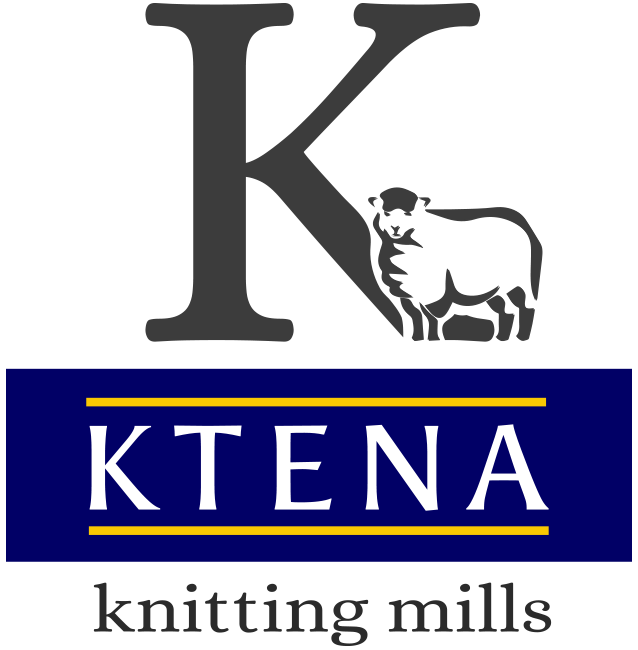It’s all in the science
We don’t just use any merino wool, we take great care in handpicking the finest Merino Wool in the world for our thermals.
Our wool must meet all of our strict technical standards before it’s spun into yarn.
Meticulously Selected Merino Wool: At Ktena, we are committed to excellence. Each fibre of our Merino Wool is chosen with precision, ensuring only the highest quality yarns are used in our products. We settle for nothing less than the best.
Superior Quality: Unlike ordinary wool, Ktena’s commitment to excellence drives us to use premium Merino Wool with a very tight specification range. Renowned for its softness, breathability, and luxurious feel, Merino Wool is the perfect choice for your thermal underwear.
Technical Excellence: When it comes to next-to-skin wear, the technical aspects of Merino Wool are crucial. Our wool meets the highest standards in moisture-wicking, temperature regulation, and odour resistance, ensuring unparalleled comfort and performance.
Unmatched Comfort: Experience unmatched coziness with Ktena’s Merino thermal underwear. Merino Wool is known for its exceptional comfort, allowing you to stay warm and comfortable in any climate.
Sustainability: At Ktena, we care about the environment. Merino Wool is a sustainable and renewable resource, making it an environmentally responsible option for your thermal needs.
Discover these essential technical facts about Merino wool that are paramount in the selection of the correct Merino wool for next-to-skin wear:
1. Coefficient of Variation (CV) for micron: A lower CV signifies higher consistency in fibre diameter, making it preferable for applications that demand uniformity in yarn or fabric. When it comes to thermal wear, an acceptable CV typically falls within the range of 5-10%. CV values greater than this range are considered unsuitable for such applications. Choosing a wool with a lower coefficient of variation contributes to the strength of the garment, resulting in a softer and less itchy feel against the skin, ensuring a more comfortable and pleasant wearing experience.
2. Mean fibre length: A longer fibre length is preferred for worsted yarn production (a superior method of yarn production that we use for our yarns), resulting in a stronger and more durable yarn. For woollen underwear applications, a minimum mean fibre length of 75-90mm is considered acceptable. Longer wool fibres bend when they come into contact with the skin, making them less sharp and prickly, ensuring a more comfortable and itch-free wearing experience compared to shorter fibres.
An analogy can be drawn with the comparison to short stubble on a man’s face. Short hair on the face feels prickly to the touch, but as the hair grows longer, it becomes more flexible and bends instead of pricking. Similarly, longer wool fibres provide a more comfortable and itch-free wearing experience compared to shorter fibres.
3. Percentage of fibres less than 30mm in length: A lower percentage of short fibres is essential for achieving a stronger and more consistent yarn in worsted yarn production. For merino wool base layers, an appropriate percentage of less than 5% fibres shorter than 30mm is considered appropriate, any more than 5% results in the entire fabric becoming scratchy and prickly. Controlling the percentage of short fibres in the production of thermal underwear, not only optimizes the garment’s performance, but it ensures the garments are soft to the touch, comfortable against the skin and efficient at retaining body heat.
4. CV Hauteur – Coefficient of Variation of Staple Length: Maintaining a lower CV Hauteur within the range of 10-20% is absolutely necessary for the production of wool thermal wear using worsted yarn. This range ensures that the staple length remains sufficiently consistent, leading to a stronger and more uniform yarn, which is critical for creating high-quality thermal garments. By controlling the CV Hauteur within this specified range, the production of wool thermal wear is optimized to achieve both comfort and effective body heat retention.
5. Wool Fiber Strength: Wool fibre strength plays a critical role in the production of high-performance Merino thermal underwear. When producing our thermal underwear, understanding the technical aspects of wool fibre strength is vital for optimizing the garment’s performance.
To ensure the integrity of our Merino thermal underwear, wool fibre strength is assessed through objective measurements of staple strength. Using advanced testing equipment, staple strength is measured in Newtons (N) per kilotex (ktex), accounting for staple thickness and providing a standardized unit for comparison.
In the production process, refining our Merino wool is a delicate balance between enhancing interfiber bonding and preserving individual fibre strength. Refining increases the tensile and burst strength of interfiber bonds, enhancing the fabric’s resistance to stretching and sudden pressure. Maintaining strong interfiber bonds is crucial for our Merino thermal underwear’s durability, especially during repeated use and washing. Robust bonds enable the fabric to retain its structure and prevent pilling, ensuring a long-lasting garment that withstands the rigours of daily wear.
Contaminants like wax, dirt, and vegetable matter can weaken wool fibres and reduce overall staple strength. Thorough washing and cleaning processes are employed during production to eliminate these impurities, ensuring our wool’s purity and maximizing fibre strength. Discover the unmatched comfort and technical excellence of Merino Skins and Thermo-Fleece Merino thermal underwear.

